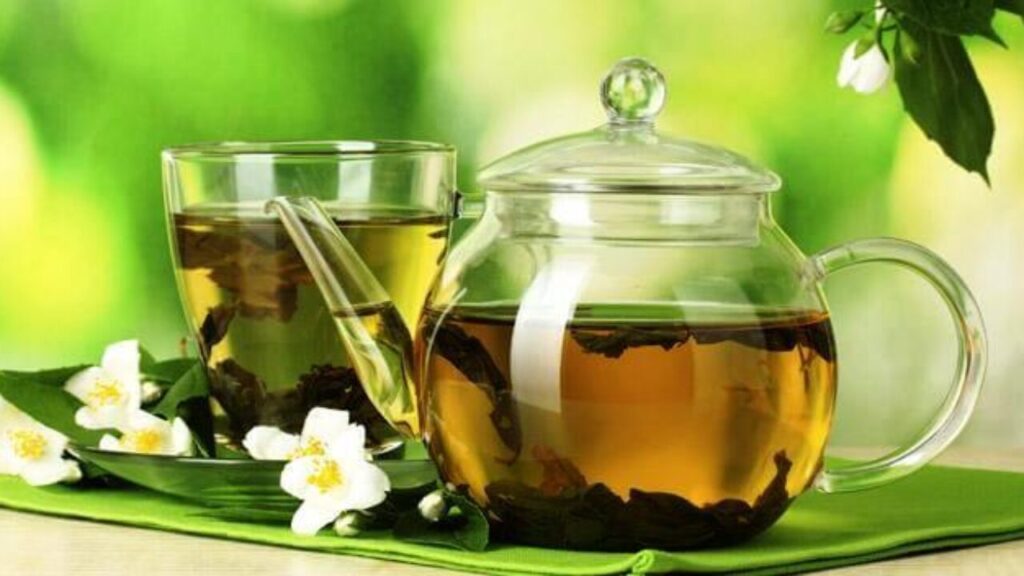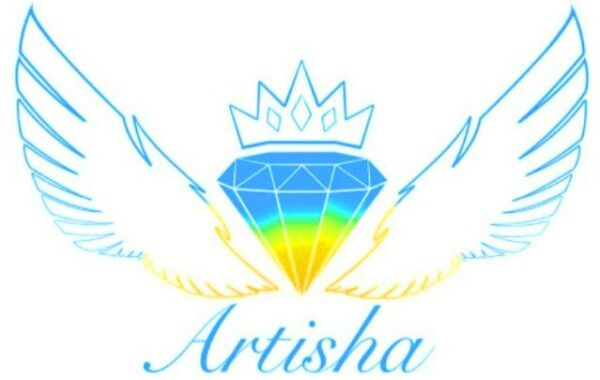Black, green and white tea is easy to find in a store or tea shop. And yellow is a rare variety even in China. Previously we mentioned this tea in our article , now we will tell about it in more detail.
What is yellow tea
Yellow tea is produced in several Chinese provinces: Hunan, Anhui, Sichuan, Hubei and Guangdong.
In the names of tea, the word “huang” is almost always found, which means “yellow” in Chinese. This color is important in Chinese culture: it symbolizes the center of the world – China. Also, yellow means “land”, that is, fertility, stability and resistance. In the Qing Dynasty era, only members of the imperial family could wear yellow clothes and drink tea of this color.
The composition and properties of Chinese yellow tea is close to green. But the latter eventually loses its freshness and lightness. Yellow, on the contrary, acquires an “autumn” character in aroma: smoky-baked notes and fruit-floral shades. It has a soft, deeper taste more dense than that of green. The degree of fermentation is 5-15%. When brewing, its tea leaves line up vertically and move up and down.
According tothe composition of rawmaterials, yellow tea is divided into several types:
- renal – Jun Shan Yin Zhen, Meng Ding Huang Ya, Huo Shan Huang Ya;
- small yellow (kidney and first leaf) – Wei Shan Mao Jian;
- large yellow (kidney and second or third leaf) – Huo Shan Huang Da Cha.
The most famous yellow teaJun Shan Yin Zhenis grown in Hunan province. It is a cannon-covered leaves in the form of green needles surrounding a thin bud. Wet raw materials have a rich and refined aroma of banana, roasted peanuts, green vegetables and papaya. The drink turns out to be the color of mowed and dried grass and has a pronounced aroma of artichoke with notes of raw wood and peanuts.
Huo Shan Huang Huang tea isgrown in Anhui province. The aroma resembles a summer blooming meadow, with notes of melted milk and chestnut. The taste of tea is a little tart, honey, with a long sweetish aftertaste. The infusion itself is transparent yellow.
The leaves of this variety of tea are not yellow initially. They acquire a golden hue in the course of a special production technology.
Yellow Chinese tea should not be confused with yellow Egyptian —helba. The representative from Egypt is not made from a tea leaf, but from the bright yellow seed of the fenugreek plant orhay fenugreek.
Why yellow tea is so rare
For a long time, the technology of making yellow tea was kept secret. Until the 20th century, it was even forbidden to export it from the country. In the 1950s, yellow tea production stopped due to clashes during the Chinese Civil War. In 1971, the technology was revived. Tea began to be produced again for the inhabitants of China, instead they allowed the export of products from the country.
To get1 kg of yellow tea, you need to collect 50 thousand tea buds. Probably, due to the complex and time-consuming technology, such tea is not produced in other countries. Also, one of the versions of the low popularity of the variety is its taste, not bright enough and attractive for the buyer compared to black, green or flavored options.
According to experts, not everyone in China itself has tried yellow tea. Often under his guise they can sell green, stale. However, the infusion of yellow tea on the walls of white porcelain dishes leaves a slight pink reflection. By this fact, one can judge its authenticity.

Tea production technology
For the production of yellow tea, only buds or buds with small leaves are used. If it is necessary to obtain a product of the highest quality, the buds and leaves are harvested before they are covered with a cannon.
As we wrote earlier in the article onred tea, the production technology of any tea varies slightly depending on the region, factory, master or weather conditions, but the general principles are usually maintained.
Whatever the technology for the production of yellow tea, its distinguishing feature is the obligatory process of languoring.
Usually the technology consists of several stages.
Garter. The collected raw materials are laid out on bamboo lattices or canvases and left for 1-3 hours in the open air to remove excess moisture.
Languishing. This process is also called wrapping or oxidation by steaming. Raw materials are placed on the ground, covered with wet cotton cloth and left for 4-10 hours, depending on weather conditions. In this way, natural heat is created, which influences the fermentation and development of flavor. In some cases, the simmering procedure is repeated twice.
The yellow color of the leaves can be obtained due to the post-fermentation process – the oxidation of enzymes. The same effect occurs with hay — it turns yellow after a long stay in the air.
Vinogradov. The leaves are dried for 10-20 minutes at a temperature of 110-120 ° C in the oven. Then they are sieved with a sieve.
Heat treatment. The leaves are transferred to heated tanks or vats. The contents are mixed manually.

Resume
Yellow tea is a rare variety that is produced only in China in Hunan, Anhui, Sichuan, Hubei and Guangdong provinces. For a long time it was forbidden to export him from the country.
The foliage of this variety does not immediately turn yellow, but acquires color during the production process – when languishing. The composition and properties of the drink is close to green, but the taste is different. It has more smoky notes and fruity-floral shades.
Artisha is not just a company or an online store. It is an exquisite taste of drinks with different types of tea and coffee. We are constantly trying to surprise you and expand our range, because we offer only the best natural teas from India, France and Germany. As well as an unforgettable taste of coffee from Brazil.





